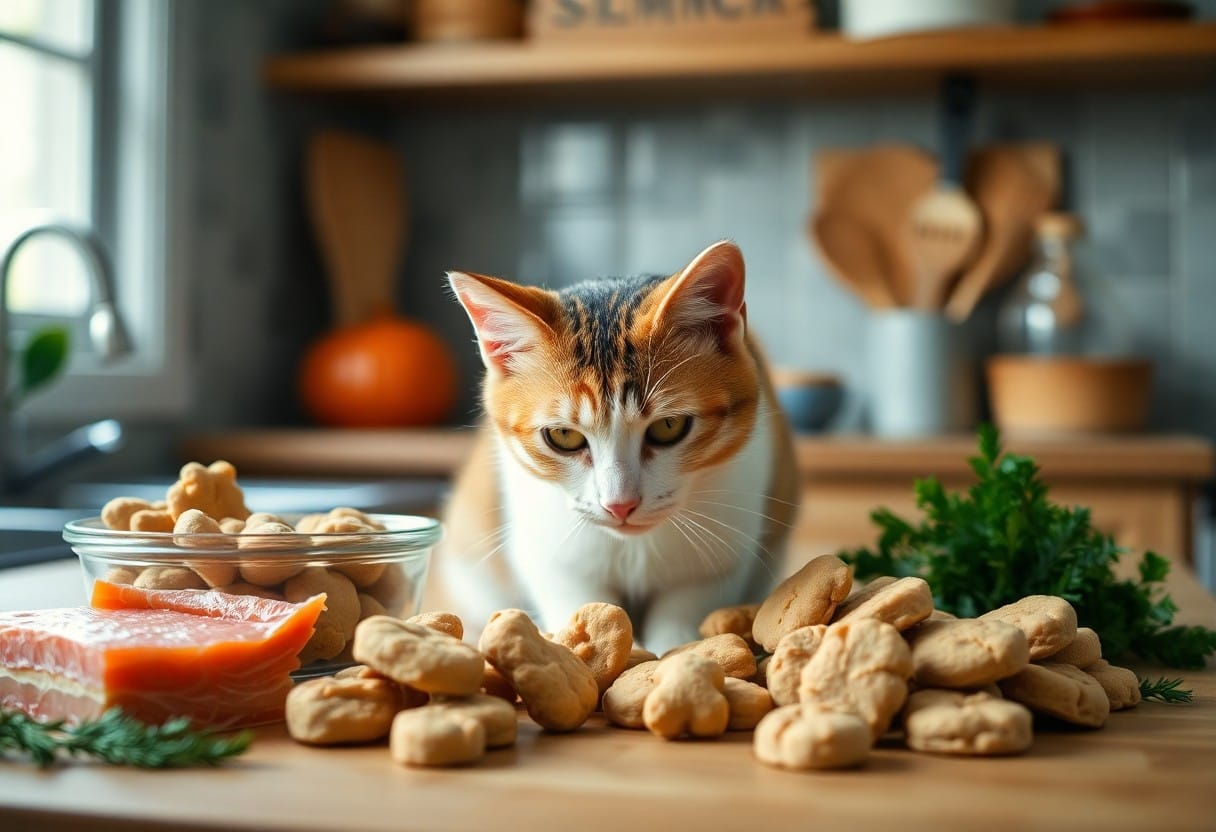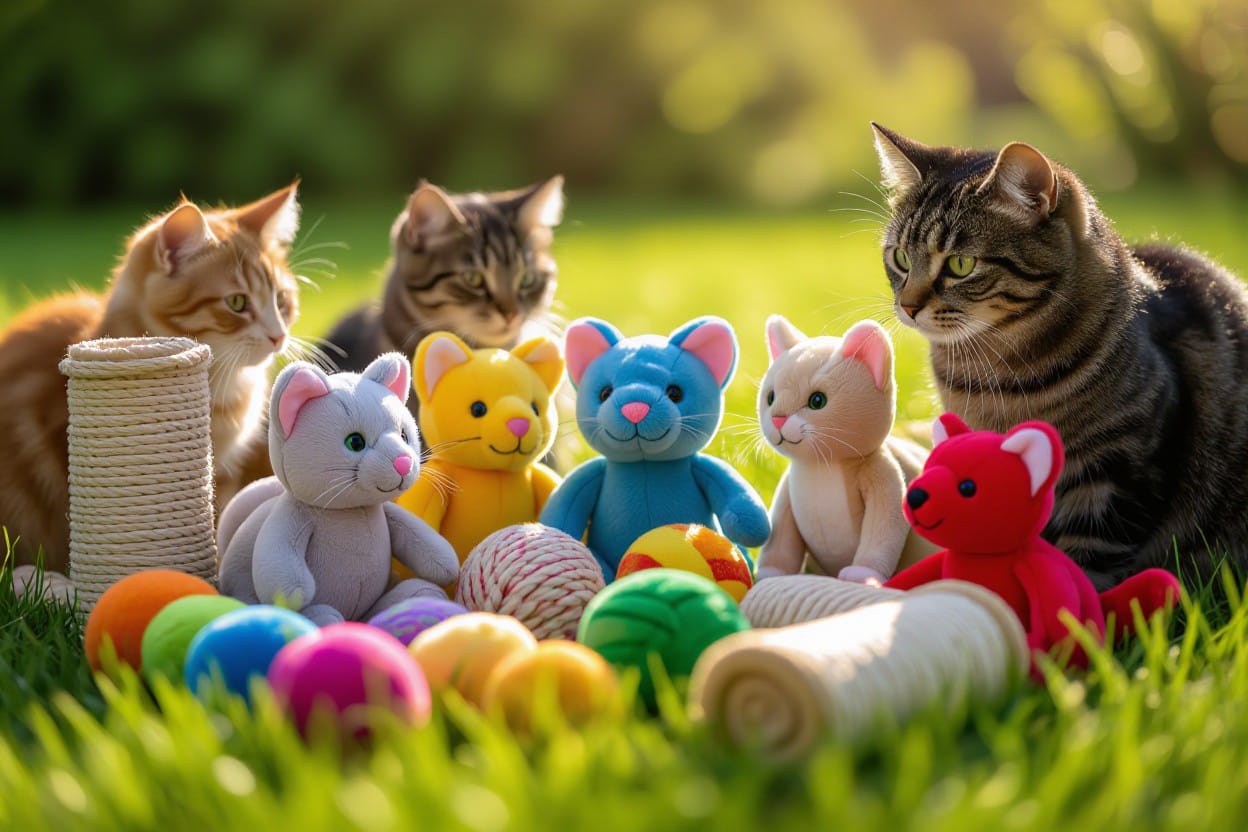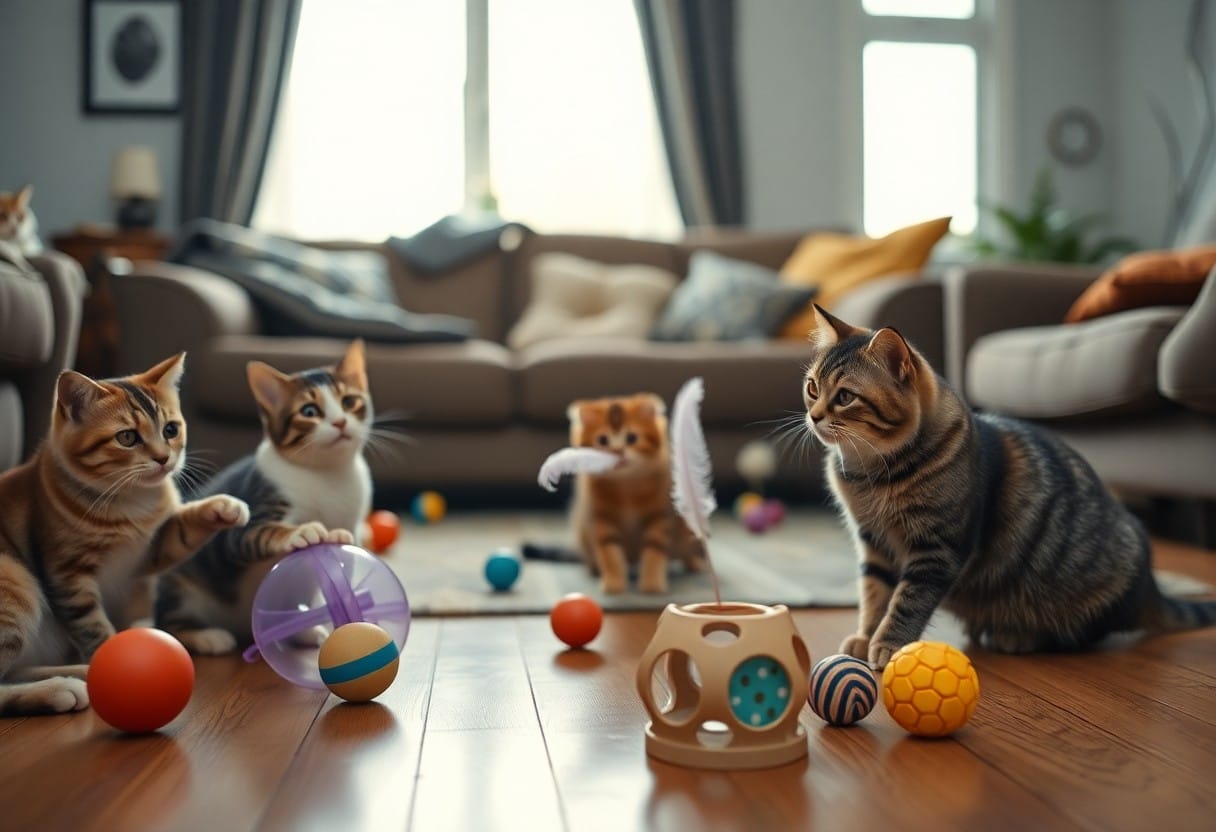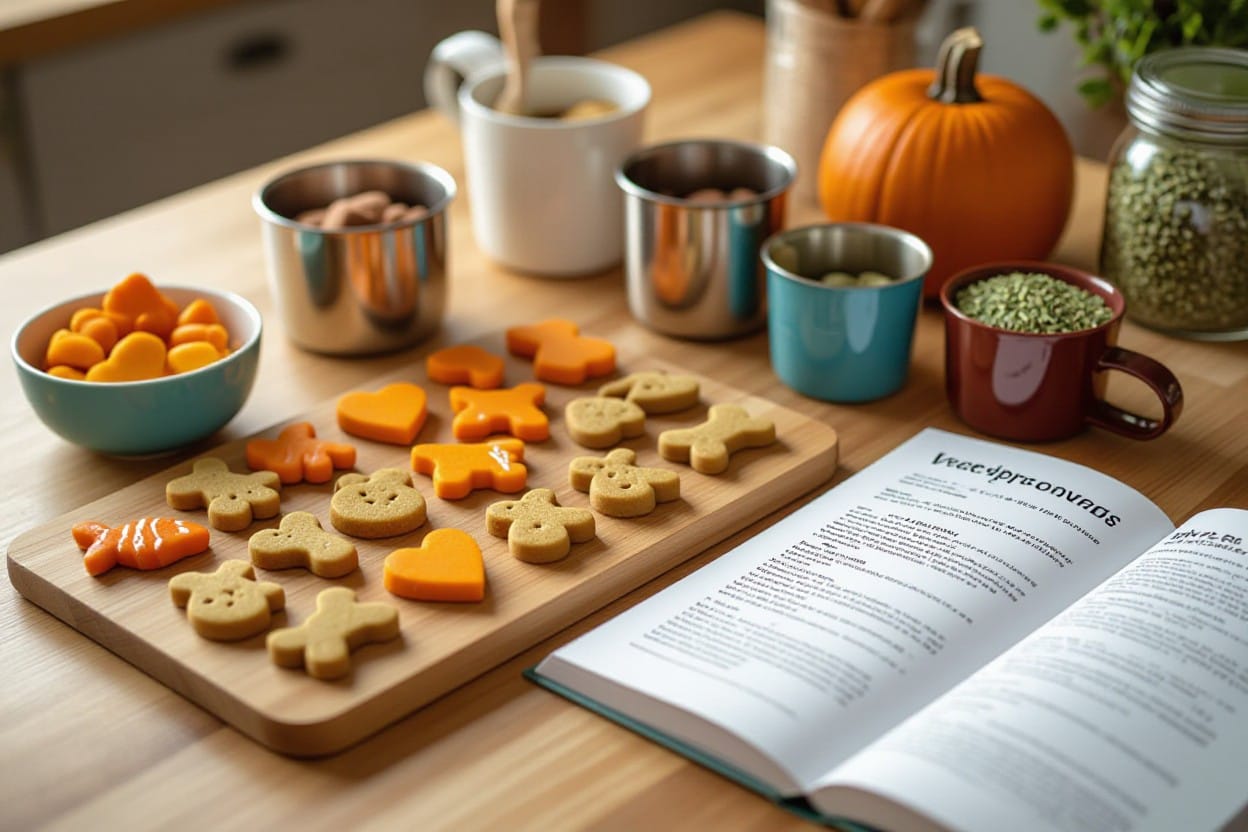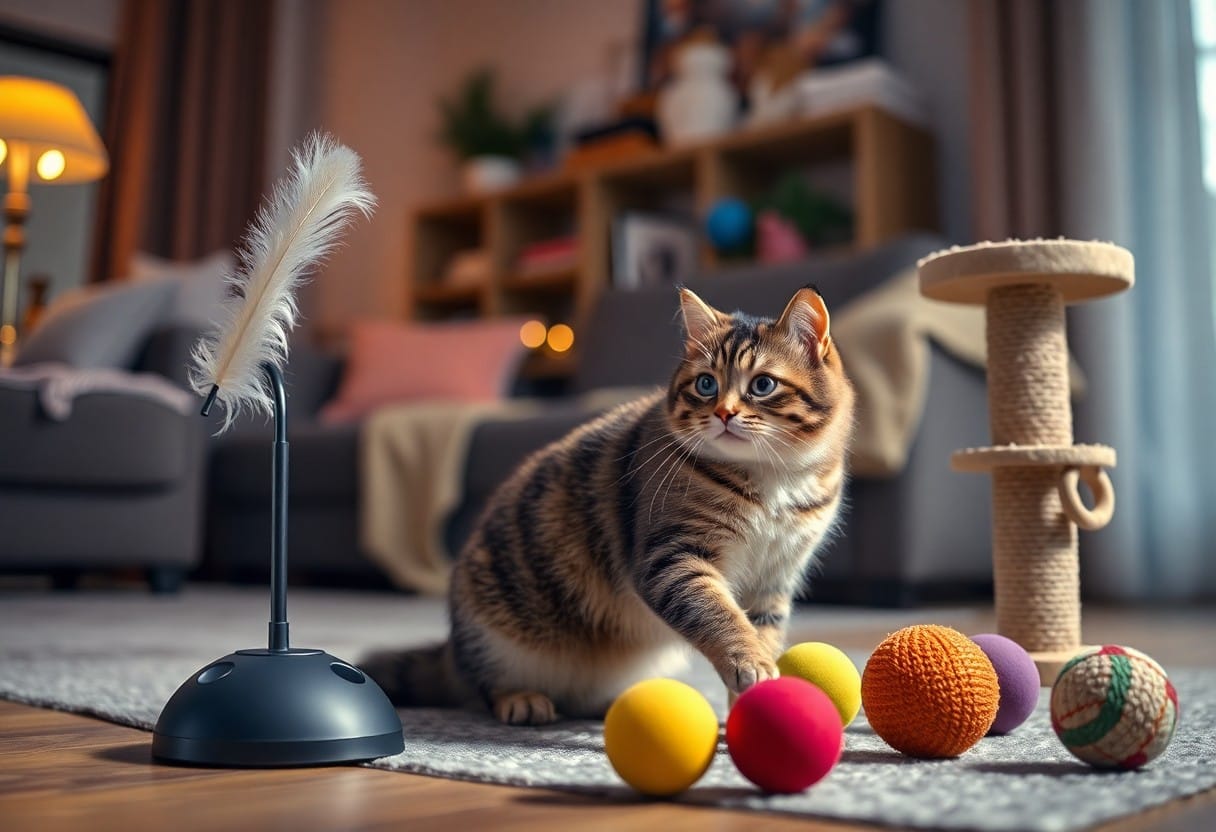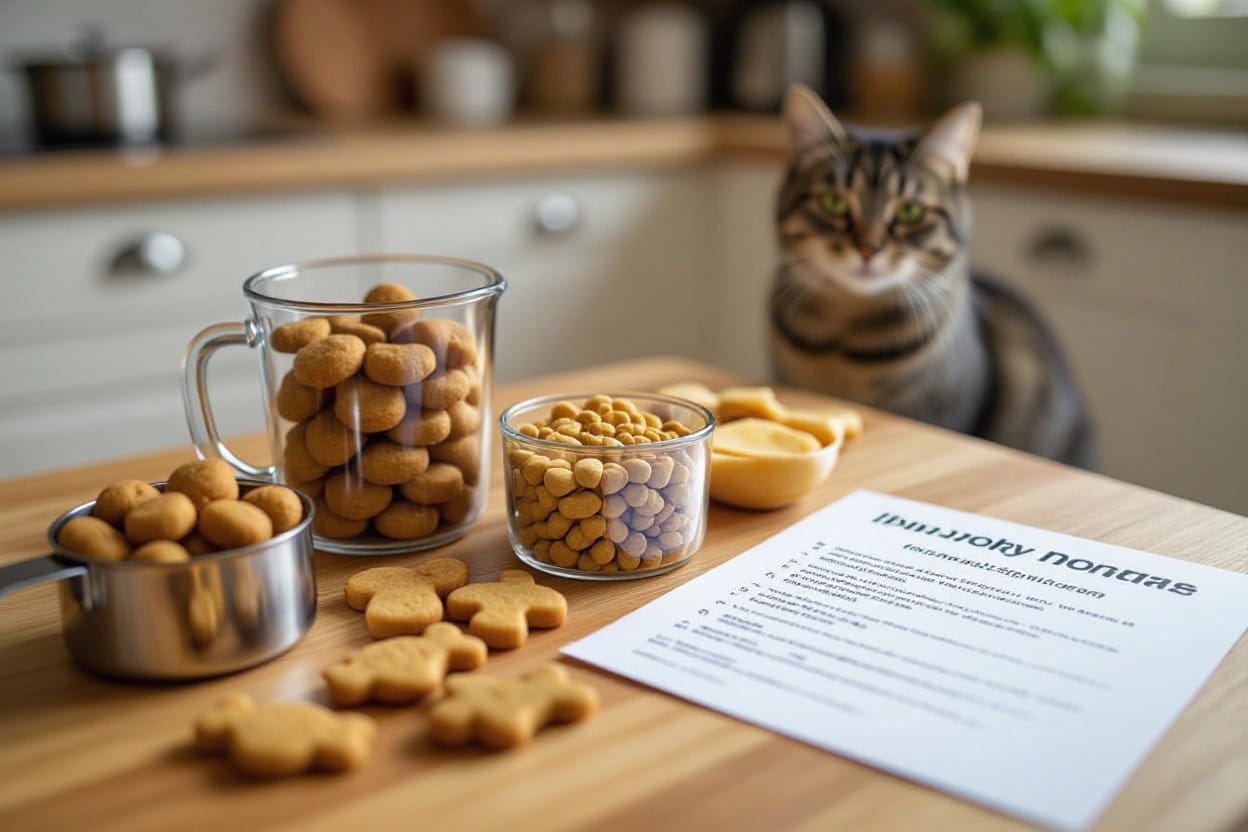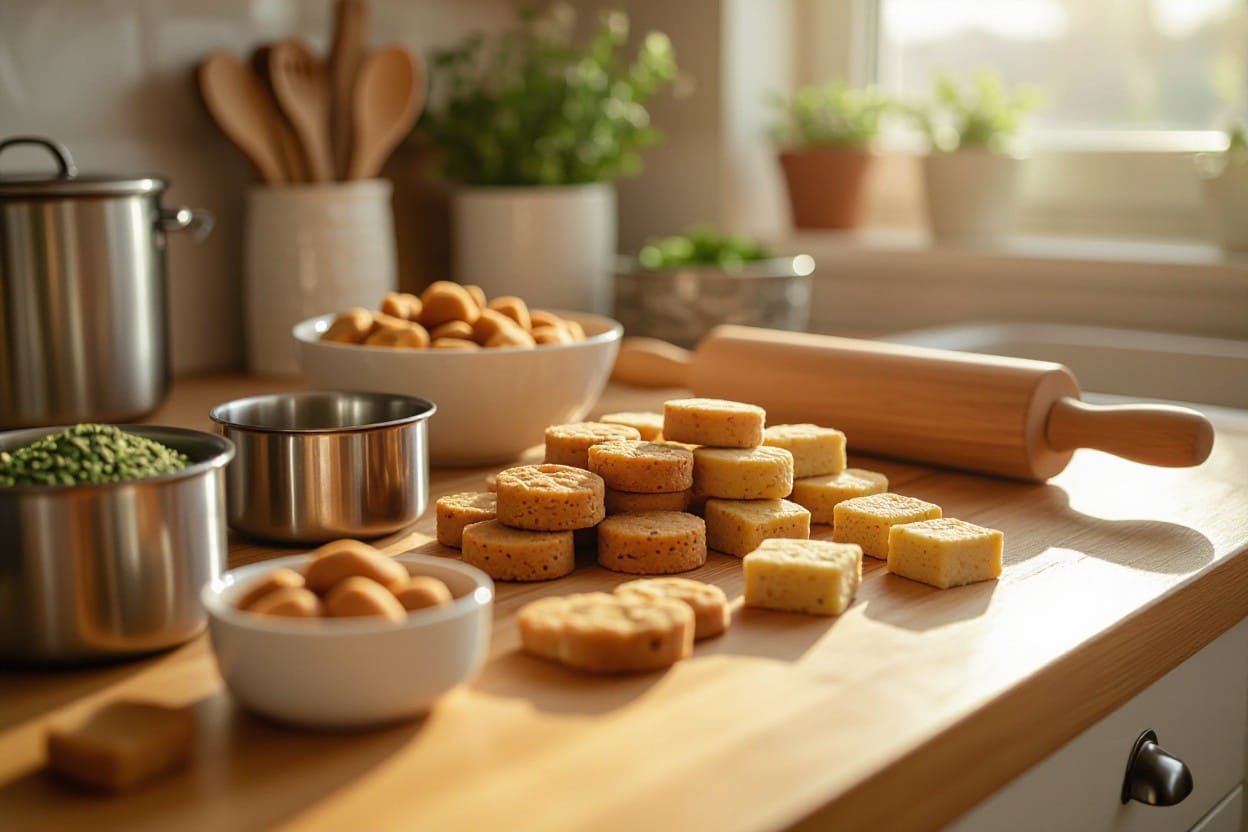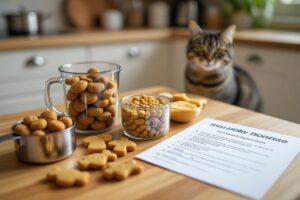Health is a top priority for your feline companion, and homemade cat treats might just hold the key to their well-being and joy. By creating nutritious and tasty treats yourself, you can ensure your cat receives quality ingredients, reducing the risk of harmful additives found in commercial options. Furthermore, bonding over treat-making can enhance your relationship, bringing additional happiness to your pet’s life. In this post, we’ll explore whether DIY treats are truly beneficial for your cat’s health and happiness.
Key Takeaways:
- Homemade cat treats can provide a healthier alternative to store-bought options, allowing pet owners to control ingredients and avoid additives.
- Creating DIY treats fosters a stronger bond between cats and their owners, as the process encourages interaction and engagement.
- Incorporating a variety of flavors and textures in homemade treats can cater to a cat’s preferences, promoting overall happiness and satisfaction.
Nourishing Your Feline: Ingredients That Pack a Punch
Choosing the right ingredients for homemade cat treats can significantly impact your cat’s overall health and happiness. By incorporating whole foods rich in protein, healthy fats, and necessary vitamins, you can create treats that truly nourish your feline companion. Ingredients like chicken, fish, pumpkin, and oats not only satisfy their cravings but also provide valuable nutrients that support their immune system, digestive health, and shiny coat. Opting for fresh, natural components ensures that your treats are free from harmful additives, allowing you to feel confident in what you’re offering your pet.
Essential Nutrients for Optimal Cat Health
Your cat requires specific nutrients to thrive, including protein, taurine, fatty acids, vitamins, and minerals. Protein, derived from meat or fish, is vital for muscle maintenance and energy levels. Taurine, an necessary amino acid, is particularly important for heart health and vision. Additionally, adding fatty acids can improve your cat’s coat and skin condition. Incorporating these key components into your homemade treats can enhance your pet’s quality of life.
The Risks of Common Additives in Store-Bought Treats
Many store-bought cat treats are laden with artificial additives, preservatives, and fillers that can pose risks to your cat’s health. These substances not only provide little to no nutritional benefit but can also trigger allergies or gastrointestinal upset. Ingredients like propyl gallate, BHT, and ethoxyquin are linked to potential long-term health issues, including cancers and organ dysfunction. By making your treats at home, you avoid these questionable components and can ensure that your cat is consuming a wholesome diet.
Opting for store-bought treats can expose your cat to various ingredients that may compromise their health. Many manufacturers utilize fillers such as corn and wheat, which add bulk but lack nutritional value. Additionally, artificial colors and flavors can cause allergic reactions in sensitive pets. Some preservatives, such as BHA and BHT, are controversial due to potential links to cancer in laboratory animals. By choosing homemade treats, you eliminate these risks and craft a personalized diet that meets the unique needs of your furry friend.
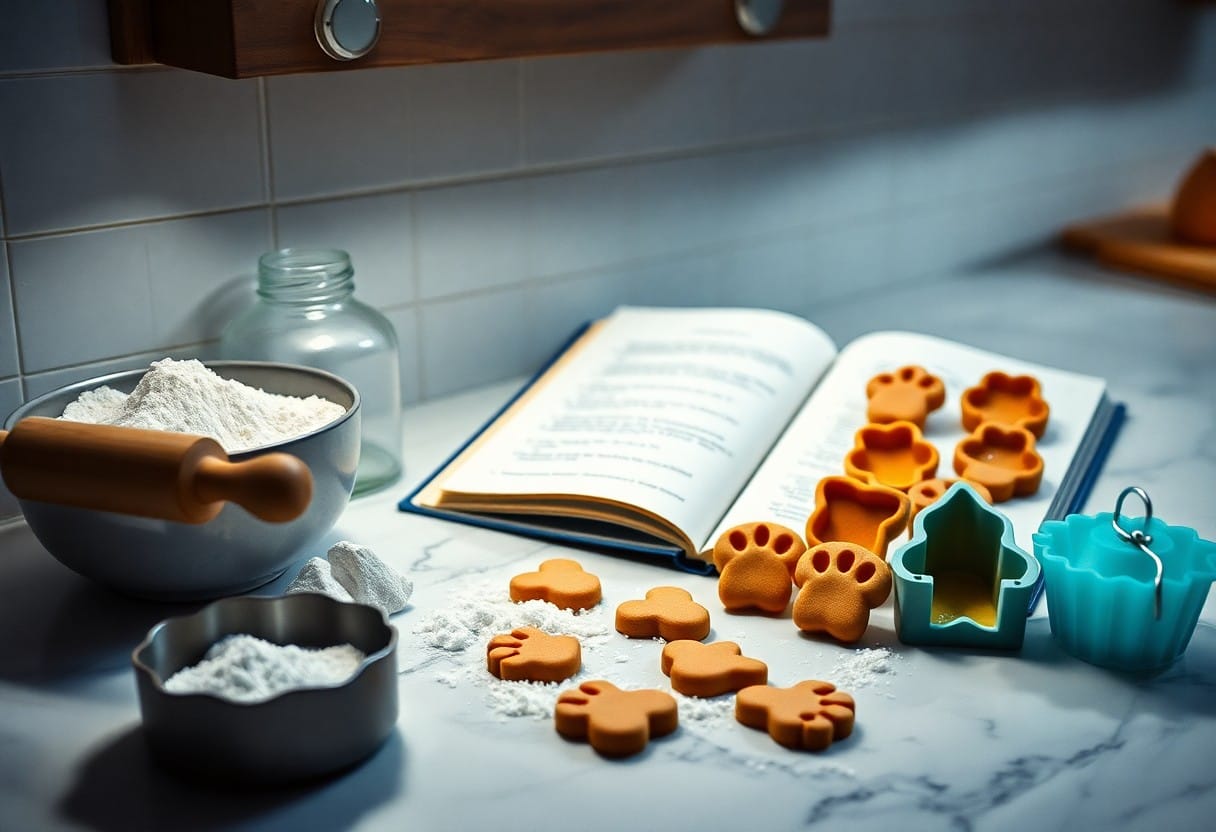
Crafting the Perfect Treat: DIY Recipes for Happy Cats
Creating DIY cat treats allows you to control the quality of ingredients, ensuring your feline buddy receives only the best. You’ll find that both healthy and enjoyable treats can be made in your own kitchen. Opt for natural, fresh ingredients like chicken, fish, or sweet potato that cater to your cat’s taste buds while benefiting their health. These tasty morsels can strengthen your bond with your pet as they eagerly await their homemade delights.
Quick and Easy Treat Recipes to Try at Home
For a simple yet satisfying treat, combine canned tuna in water, a little oat flour, and an egg to create tuna bites. Bake at 350°F for 10-12 minutes, and you’ll have a crunchy snack that’s high in protein and loved by most cats. Similarly, mix canned pumpkin with a dash of cinnamon and your choice of protein, shaping them into balls and letting them chill in the fridge. These easy recipes ensure your cat gets a wholesome treat without the hassle.
Customizing Treats Based on Dietary Needs
Tailoring treats to accommodate your cat’s dietary restrictions can make a big difference in their overall well-being. If your feline has specific health concerns, such as allergies or weight management needs, adjusting the recipes will keep them happy and healthy. Utilize alternative ingredients that cater to their unique requirements, like gluten-free options or reduced calorie ingredients without sacrificing flavor.
For instance, if your cat is sensitive to grains, you can substitute regular flour with chickpea flour or coconut flour, both of which are safe and nutritious. Similarly, for overweight cats, you might reduce the quantity of high-calorie meats and focus on vegetables like zucchini or carrot to add bulk without adding too many calories. Always look for ingredients that align with your cat’s specific health needs, so they can enjoy their treats without adverse effects. Customization ensures your homemade treats contribute positively to your cat’s diet while providing the indulgence they crave.
Behavioral Benefits of Homemade Treats: Beyond Nutrition
Homemade cat treats can enhance your feline’s overall well-being in ways that go beyond just the nutritional value. Preparing these treats yourself allows you to create a fun and interactive experience that stimulates their natural instincts and satisfies their desires. These interactions can lead to a more engaged and happy cat, reducing boredom and destructive behaviors. Additionally, the freedom to choose ingredients means you can cater to your cat’s specific tastes, making treat time an exciting and rewarding activity for both of you.
Enhancing Bonding Through Shared Activities
Sharing the process of making and giving treats with your cat can significantly strengthen the bond between you. Involving your feline companion in treat preparation—like letting them sniff ingredients or taste a tiny bit of dough—becomes a playful activity that fosters trust and companionship, making both you and your cat happier.
The Psychology of Cats and Treat Motivation
Understanding the motivations behind your cat’s behavior regarding treats is pivotal for reinforcing good habits and encouraging positive interactions. Cats are naturally disposed to seek out rewards, and treats serve as one of their strongest motivators. By associating positive experiences with homemade treats, you create an environment where your cat anticipates pleasure from your interactions, leading to improved behavior and responsiveness.
Your cat operates on a reward system deeply ingrained in their psyche. Treats serve as powerful reinforcers, encouraging desired behaviors such as coming to you when called or obeying commands. The scent and taste of homemade treats are particularly alluring, creating a strong positive association in your cat’s mind. Furthermore, using treats strategically during training or playtime can elevate your cat’s enthusiasm, making them more likely to engage in behaviors that lead to quality bonding moments with you.
Economic Impact: Cost-Effectiveness of DIY Treats
DIY cat treats offer a budget-friendly option for pet owners looking to provide quality snacks without breaking the bank. With simple ingredients often found in your kitchen, you can create healthy, tailored options that satisfy your cat’s palate without spending a fortune. This approach not only reduces monthly expenses but also promotes mindful spending on pet care.
A Comparison of Homemade vs. Store-Bought Treats
Cost Comparison
| Homemade Treats | Approx. $0.50 per batch (10+ treats) |
| Store-Bought Treats | Approx. $5 to $15 per bag (20-30 treats) |
Long-Term Savings and Health Benefits
Investing time in homemade treats not only saves money but can lead to enhanced health outcomes for your feline friend. By utilizing high-quality, natural ingredients, you avoid preservatives and fillers commonly found in store-bought options. This can result in fewer vet visits due to less allergenic reactions or digestive issues, ultimately saving you hundreds in potential medical costs.
An example from a recent study indicates that cats on a diet free from artificial additives exhibit significantly better overall health, including shinier coats and improved energy levels. Making your treats can also foster a deeper bond with your feline, as the act of crafting treats is an engaging and rewarding experience. Over time, these benefits accumulate, leading to a happier, healthier cat and a more economical approach to pet ownership.
Common Pitfalls: Mistakes to Avoid When Making Cat Treats
Homemade cat treats can enhance your feline’s diet, but missteps can lead to health issues. Misjudging ingredient proportions or neglecting to consider your cat’s unique needs could render your treats unbeneficial or even harmful. Avoid using ingredients that are toxic to cats, like onions or chocolate, and be wary of overloading treats with unhealthy fillers. Quality over quantity should always be a priority, ensuring your furry friend receives the utmost care in every bite.
Understanding Dietary Restrictions and Allergies
Many cats deal with dietary restrictions or allergies, which can affect their ability to consume certain foods. Always check with your veterinarian before introducing new ingredients. Some common allergens include dairy, fish, and grains. Tailoring your treat recipes to accommodate these needs ensures your cat remains safe and happy while indulging in tasty snacks.
Ensuring Balance in Treats vs. Regular Diet
Maintaining a careful balance between homemade treats and your cat’s regular diet is crucial for overall health. Treats should complement, not replace, a well-rounded meal plan. Generally, treats should not exceed 10% of your cat’s total calorie intake to prevent obesity and nutritional imbalances. Keeping an eye on portion sizes and nutritional content will help ensure that your feline friend enjoys their snacks without compromising their well-being.
Balancing treats with your cat’s main diet involves monitoring calorie intake meticulously. For instance, if you’re providing a snack that contains 40 calories, ensure that your cat’s daily intake maintains proper proportions. It may be useful to label the caloric value of your homemade treats and adjust their main meals accordingly. Doing so will help to ensure that your cat remains within the healthy weight range while still getting the benefits and joy of those delicious homemade treats.
Summing up
Drawing together the evidence, DIY cat treats can significantly enhance your feline’s health and happiness by allowing you to control ingredients and cater to your cat’s unique preferences and dietary needs. By investing time in creating nutritious treats, you not only strengthen the bond with your pet but also promote their overall well-being. As you explore various recipes and options, you’ll discover the joy and satisfaction that come from nourishing your cat with wholesome, homemade snacks.
FAQ
Q: What are the benefits of making DIY cat treats compared to store-bought options?
A: DIY cat treats offer several advantages over their commercial counterparts. First, making your own treats allows you to control the ingredients, ensuring your cat enjoys wholesome and natural options without any artificial additives, preservatives, or fillers. Additionally, you can customize the flavors and textures to cater to your cat’s specific preferences and dietary needs, which can be particularly helpful for cats with food allergies or sensitivities. Homemade treats can also promote bonding time between you and your feline friend as you spend time preparing them together.
Q: What ingredients are safe and healthy for DIY cat treats?
A: When creating DIY cat treats, it’s important to choose ingredients that are safe and nutritious for your cat. Good options include cooked chicken, turkey, or fish, which are excellent sources of protein. You can also add pureed pumpkin or sweet potato for fiber, as well as cat-friendly herbs like catnip or parsley for added flavor. Ensure you avoid toxic ingredients, such as onions, garlic, chocolate, and anything containing xylitol, as these can harm your cat. Always consult your veterinarian if you are unsure about which ingredients to use.
Q: How can DIY treats contribute to a cat’s overall well-being and happiness?
A: Homemade treats can play a significant role in enhancing a cat’s well-being and happiness. Treats can be used as a form of positive reinforcement during training sessions, encouraging good behavior and strengthening the bond between you and your cat. Moreover, offering treats that are both tasty and healthy can promote physical health by supporting a balanced diet and fostering better energy levels. Engaging your cat with interactive treat-dispensing toys filled with homemade goodies can also stimulate their mental and physical activities, ultimately contributing to a happier and healthier lifestyle.
